Reading Notes: Going Public by Arlene Stein and Jessie Daniels
Tips on being a public scholar or writing about their work, from the book "Going Public: A Guide for Social Scientists."
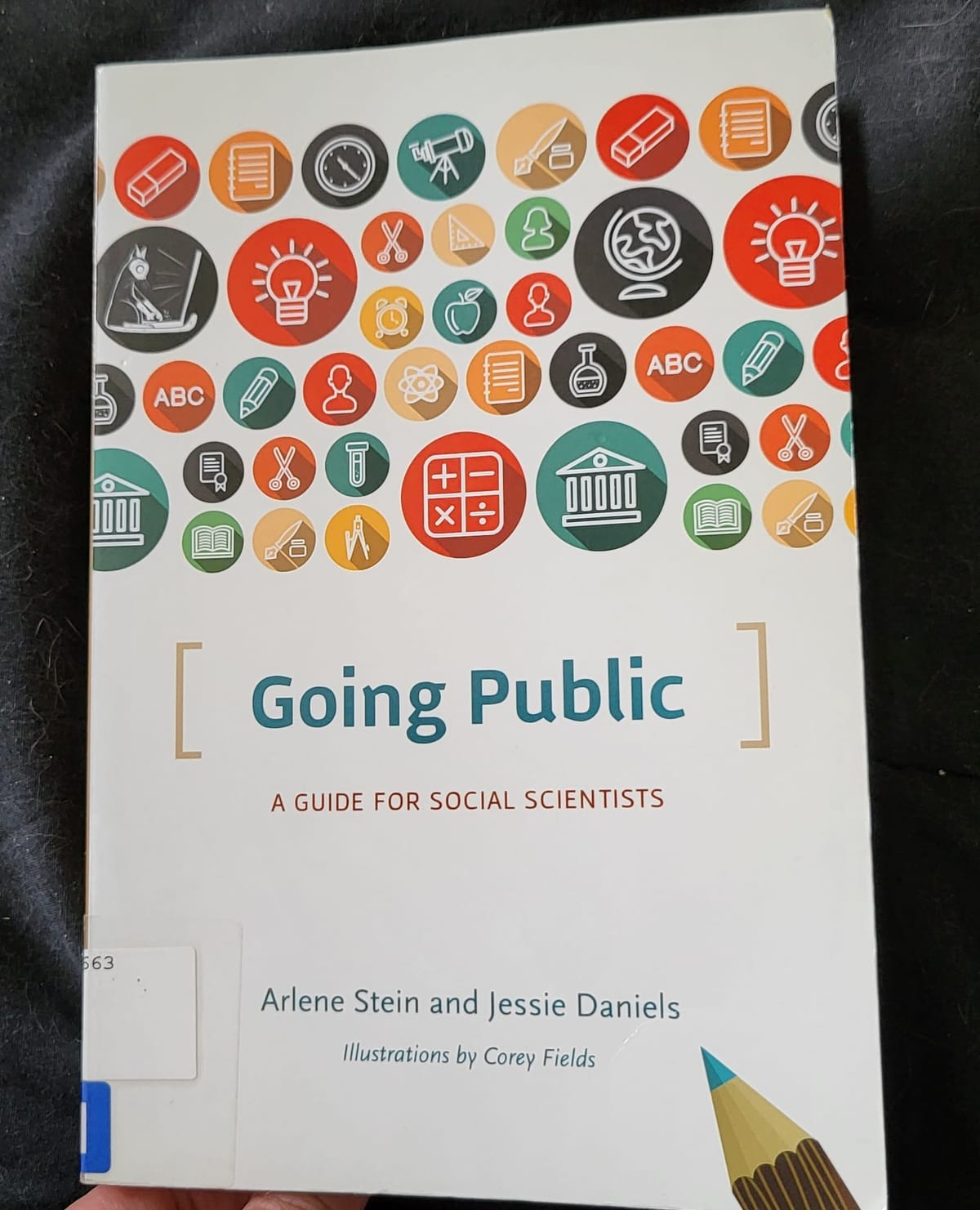
Overview
Going Public is a book for social scientists at any career stage who are curious about having an impact outside of academia. Which, uh, is not me. But as I consider going back to school for graduate studies, I find myself drawn to books for scholars.
For the target audience, I think this is a great read. The book does a nice job of blending the why you should want to do this with the how to go about it (plus some warnings on how it can go wrong), and is well-written with a logical layout.
The book consists of an introduction ("So You Want to Go Public?") and seven chapters:
- Writing Beyond the Academy
- Telling Stories About Your Research
- Books for General Audiences
- The Digital Turn
- Building an Audience
- The Perils of Going Public
- Making it Count, Making a Difference
My Thoughts
For me, the book provided a refreshing alternative vision of an academic life. One of the items in the right-hand column of my Pros/Cons list for going back to school is that it seems graduate studies can become an excuse to think about an issue without actually doing anything about it. A snooze button on making a tangible difference, if you will. But Stein and Daniels have shown that this clearly doesn't have to be the case.
Throughout the book they give real examples of scholars who share their knowledge and research in ways that influence public policy, societal attitudes, or the media conversation. The output from those scholars ranges from short articles, interviews, and op-eds, to ongoing blogs and full-length books, demonstrating that even new scholars can start to approach their careers in this way.
(Of course like any book that includes sections on social media, it's worth noting that some of the advice in it is already running behind; at the time the book was written Twitter was still Twitter and not owned by an insecure supervillain. Join Mastodon instead or, if you must, Bluesky.)
A Call for Clear and Concrete Writing
I also found this book interesting as a writer. Going Public shares communication tips for academics that also work just as well for writers who are interested in covering all types of science.
Chapter One calls out some of the problems with the typical academic writing style. "Strive for Clarity and Concreteness" is Principle 3, which includes a section on one of my biggest frustrations with academic writing—the obsession with jargon:
"...authors should use terms such as 'neoliberal' or 'postmodern' only when they allow us to express something more precisely than we otherwise can. We must be certain that readers will understand what we mean by these terms, and not allow them to substitute for precision or understanding."
YES. Thank you. They go on with some examples of how to be specific in your writing:
"Don't use the word 'resources' when you mean money, or 'stakeholders' if you mean people, or 'interrelationship' if you mean relationship. Don't use 'discourses' when you mean systems of thought, ways of seeing, or modes of speaking. Say people instead of 'actors,' dominance instead of 'hegemony.'"
I used to have a boss who thought the above style of writing sounded more serious and professional, so against my own preferences I leaned into "puffed up words" for reports and articles for many years. Since then I've found it a hard habit to break, so the reminder was very welcome. As were the lists of words and phrases to watch for, and this tidbit on how to check for the passive voice, which I enjoyed so much I shared it on Mastodon:
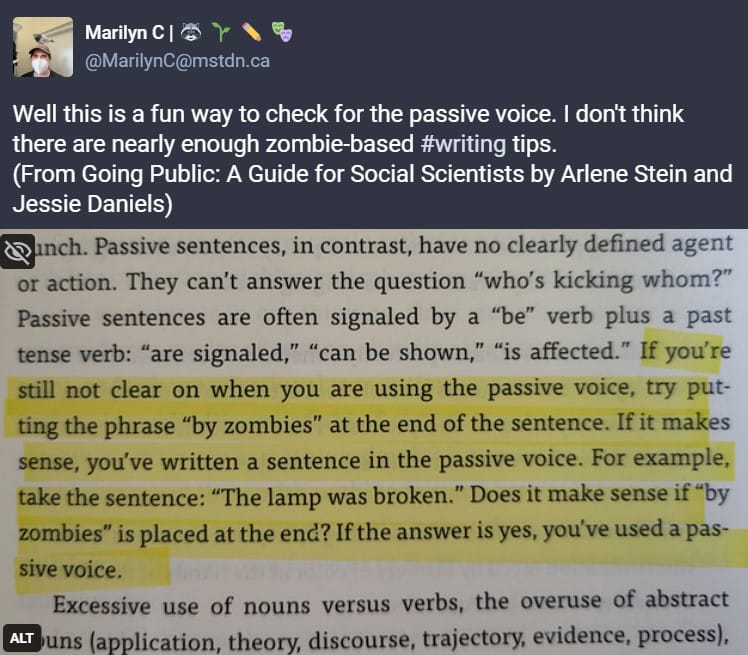
There's a lot more, and the authors also recommend another resource, Writing for Social Scientists by Howard Becker, which I may check out in the future.
Getting it Right
There are also sections that talk about the ways that journalists interact with scholars and their research, and the differences between the way the two groups generally communicate with their audiences. This was also interesting for me as a writer, particularly when they talked about how often journalists tend to misquote or misunderstand, or deliberately pick and choose the quotes and results they include so that they can tell the story they want to tell (which may not be based on the same conclusion the scientists came to).
Obviously mistakes do happen, though journalists should make every effort to avoid them. But the second scenario, the thing where journalists are pulling individual threads from scholars and their work to weave together the journalists' own predetermined narrative, landed with me as a big "what not to do" warning sign.
Final Notes
On the Illustrations
I'd be remiss if I didn't mention how much I love the cat illustrations by Corey Fields scattered throughout. There's no particular reason for the book's mascot to be a cat, besides I think a reference or two to the popularity of cat videos on the internet, but starting each chapter with our friend here was very welcome.
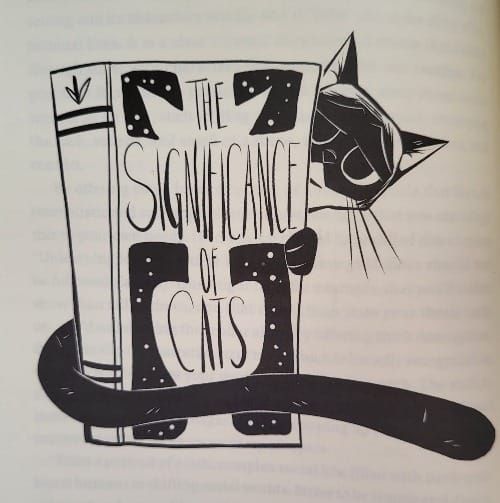
Further Reading
Also, a note to self as much as anything, here are some of the works referenced in the text. Some are written by scholars and others by journalists; some were very popular and some proved controversial; some are pure social science and some are hybrids. But if you or I are looking for examples to read in the future, here are some options:
- Contexts, "a magazine of popular sociology"
- White Collar by C. Wright Mills
- The Lonely Crowd by David Riseman (1950)
- Capital in the Twenty-First Century by economist Thomas Piketty
- Nickel and Dimed by Barbara Ehrenreich
- The Tipping Point and other books by Malcolm Gladwell (this I've read!)
- Between the World and Me by Ta-Nehisi Coates
- Newjack by Ted Conover
- The Second Shift by Arlie Hochschild
- Going Solo by Eric Klinenberg
- Sidewalk by Mitchell Duneier
- Gang Leader for a Day by Sudhir Venkatesh
- On the Run: Fugitive Life in an American City by Alice Goffman
- Culture of Fear by Barry Glassner
- The Tolerance Trap by Suzanna Danuta Walters
- Modern Families by Joshua Gamson
- Living the Secular Life by Phil Zuckerman
- Cannibals and Kings by Marvin Harris
- The Mismeasure of Man by Stephen J. Gould
~~~
Going Public: A Guide for Social Scientists
By Arlene Stein and Jessie Daniels
Illustrations by Corey Fields
The University of Chicago Press, 2017
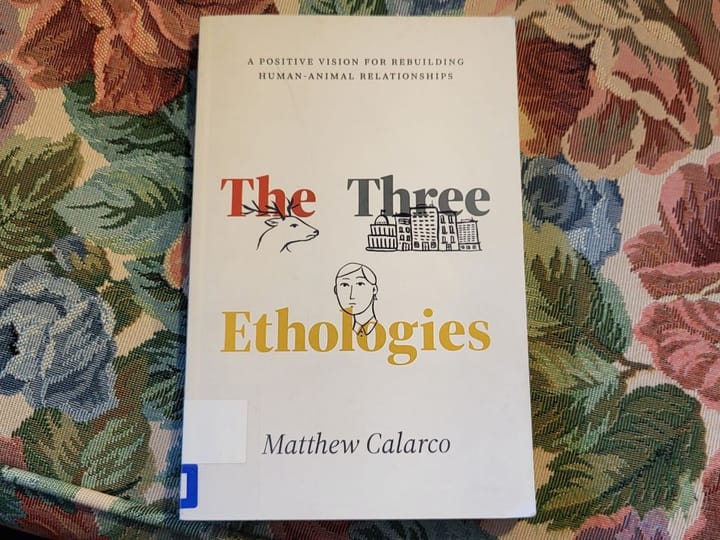

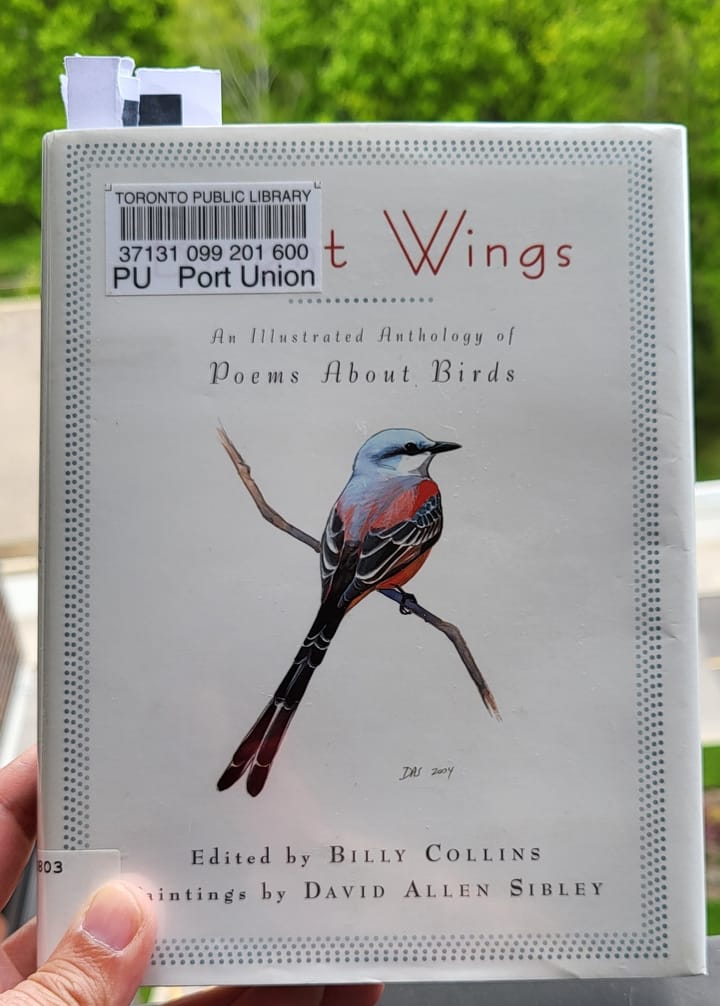
Comments ()